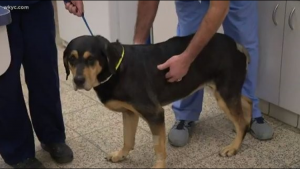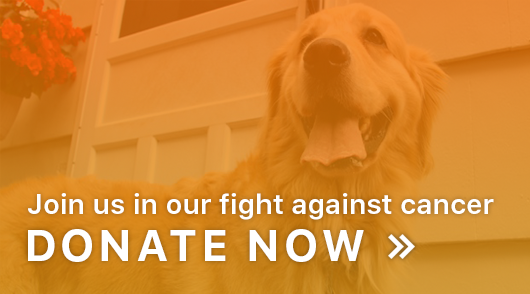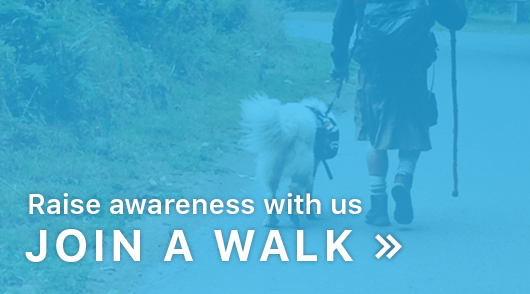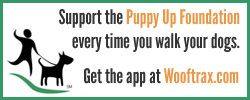
“In all honesty, we’re killing them with kindness.”
Author: Monica Robins
From WKYC
If you had the chance to watch the National Dog Show on Thanksgiving Day, you saw what healthy dogs are supposed to look like.
But sadly more than 50 million American dogs are overweight or obese. Chances are you probably let your dog help clean the dishes or maybe even gave him his own Thanksgiving meal.
The problem is, many owners are loving their dogs to death.
For instance, if you take a good look at Lisette in the photo [above], you probably think she’s at a healthy weight. But you’d be wrong.
Her boxy figure should have an indention by her waist.
56% of American dogs are overweight or obese. That’s up from last year and is such a problem that there’s actually an association for pet obesity prevention.
Studies found that 90% of pet owners didn’t know how many calories their pets should have and they lied to their vet about their dog’s eating habits.
“I think people in general have a misperception of what ideal body weight should be because there’s very few that are ideal,” says Dr. Kane Henderson from West Park Animal Hospital.
And while we all expect to gain a few pounds over the holidays, extra weight on a dog can take two years off their already short life span. Studies show they’ll live at least two and a half years less than a healthy dog.
“In all honesty, we’re killing them with kindness,” Dr. Henderson adds.
Just like people, obesity can lead to chronic diseases, cancer, skin problems, breathing issues, early arthritis, and joint problems. All of which are expensive to treat.
The biggest culprit to weight gain is what we give our dogs to show them love.
“The biggest thing is treats and table scraps,” says Dr. Henderson. “People just don’t realize how much they’re feeding their dogs.”
Let’s put it in perspective: If you give your dog six treats a day, that’s the equivalent of you eating six candy bars.
So instead of treats, reward them with their own kibble that comes out of their daily food ration. If your dog isn’t super active, after a year of age switch to a light or low-calorie dog food and follow the feeding guidelines on the package or from your vet.
Do not leave food out all day long. Feed your dogs timed meals morning and evening, meaning if they don’t finish the food after 30 minutes, it goes back in the bag. Don’t add those leftovers to their next meal, instead keep the measurements consistent.
“If you’re giving, for example, a cup and a half morning and evening and they’re still overweight, now you’ve got control of that diet and you can start cutting back a little bit,” explains Dr. Henderson.
Lastly, exercise your dog. Go for walks. Play. It’s not only healthy for both of you, but also strengthens your bond.








